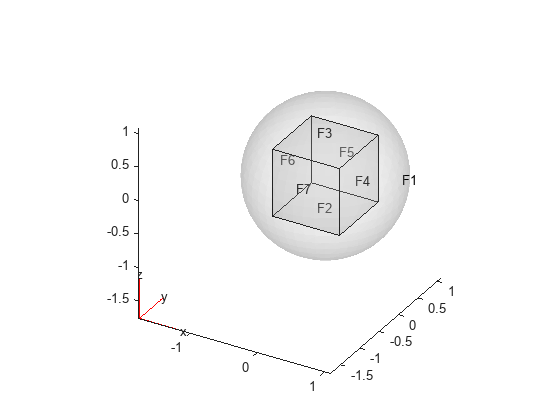setupRadiation
Description
fem = setupRadiation( enables
surface-to-surface radiation analysis using the enclosure formed by all faces of the
specified model. An enclosure is a group of surfaces between which heat transfer occurs due
to radiation without conductive media. The function creates a
fem)surfaceToSurfaceSettings object and returns the specified model,
fem, with its ThermalRadiation property set to that
object.
fem = setupRadiation(
specifies additional options using one or more name-value arguments. For example, you can
specify the faces to form enclosures, the enclosure names, and their perfectness.fem,Name=Value)
Examples
Input Arguments
Name-Value Arguments
Tips
You must generate a mesh before specifying radiation parameters. Call
generateMeshbefore callingsetupRadiation.When calling
setupRadiation, always usefemas the output argument to assign the resultingsurfaceToSurfaceSettingsobject to theThermalRadiationproperty of the model.

